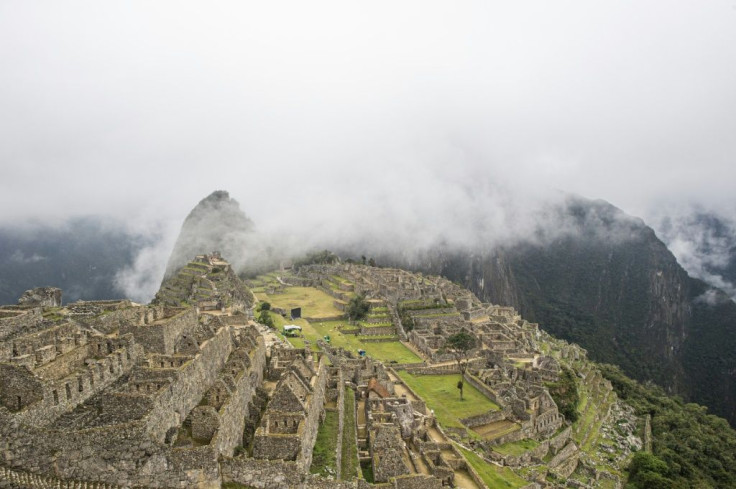Peru: Five Things To Know
Peru, which holds the second round of its presidential election on Sunday, is a mineral-rich Andean country with an ancient history, but which has been hit hard in recent years by a major corruption scandal and the Covid-19 pandemic.
From their ancient capital of Cusco in southeastern Peru, the Incas controlled a vast empire before being conquered by the invading Spanish in the 16th century.
The civilization's mountain citadel Machu Picchu is a UNESCO World Heritage Site and Peru's most popular tourist spot.
The vast Andes mountain range crosses the country at an average altitude of 4,000 meters (more than 13,000 feet).
The sources of the mighty Amazon River are also in Peru and it has the second largest expanse of Amazonian rainforest after Brazil.
Independent from Spain since 1821, Peru has suffered several military coups, notably in 1948, 1968 and 1975.
Between 1980 and 2000 a conflict between the state, the Shining Path communist guerrillas and the Tupac Amaru Revolutionary Movement left 70,000 people dead or missing.
President Alberto Fujimori, whose 10-year rule ended in impeachment in 2000, was jailed nine years later for authorizing army death squads during the ultimately successful fight against the leftist rebels.
Peru has the world's highest per capita death rate from the virus and the fifth highest overall death toll.
Some 185,000 people have so far lost their lives to the coronavirus.
Its official figures were revised radically upwards this week as infections surged.
Home to about 33 million people (2019), Peru slashed its poverty rate from nearly 59 percent in 2004 to 20 percent in 2018.
But the virus has aggravated the problem, putting one third of the population under the poverty level.

Along with Brazil, Peru has been mired in a vast corruption scandal involving the region's biggest construction company, Odebrecht.
The Brazilian group has admitted paying at least $29 million in bribes to Peruvian officials between 2005 and 2014.
Ex-president Alan Garcia committed suicide in 2019 under accusations of accepting bribes, which he denied.
Three other former presidents are under investigation: Pedro Pablo Kuczynski (2016-18), Ollanta Humala (2011-16) and Alejandro Toledo (2001-06).
Opposition leader Keiko Fujimori was released from prison in November after 13 months of detention in a case linked to Odebrecht.
She is one of around 18 presidential candidates in Sunday's election.
The last presidential term was a chaotic game of musical chairs, with one leader after another falling due to the scandal.
Kuczynski stepped down in March 2018 ahead of likely impeachment. His successor Martin Vizcarra was impeached in November 2020, accused of having received bribes in 2014.
The parliamentary speaker stepped in as interim president but was forced to resign five days later, to be replaced by caretaker leader Francisco Sagasti.
Peru is a mineral-rich country, ranking among the world's five biggest producers of gold, silver, copper, zinc, tin and lead.
Its economy was one of the fastest-growing in the region between 2002 and 2013, expanding at an annual average of six percent.
Growth then slowed to an average of 3.1 percent, mainly due to lower commodity prices, particularly for copper, the World Bank says.
In 2020, the economy plummeted 11 percent due to the pandemic, according to the national statistics institute INEI.
With Colombia and Bolivia, Peru is one of the world's biggest producers of coca leaves, from which cocaine is derived.
Used since antiquity in herbal teas, they are legal up to a certain quantity.
Peru gave birth to two of the continent's greatest writers, Mario Vargas Llosa, who was awarded the 2010 Nobel Prize in literature and made an unsuccessful run for the presidency in 1990, and Alfredo Bryce Echenique.
Another famous Peruvian is footballer and prolific striker Claudio Pizarro, the Bundesliga's oldest-ever scorer and Germany's second-highest foreign goal scorer of all time.
© Copyright AFP 2024. All rights reserved.







